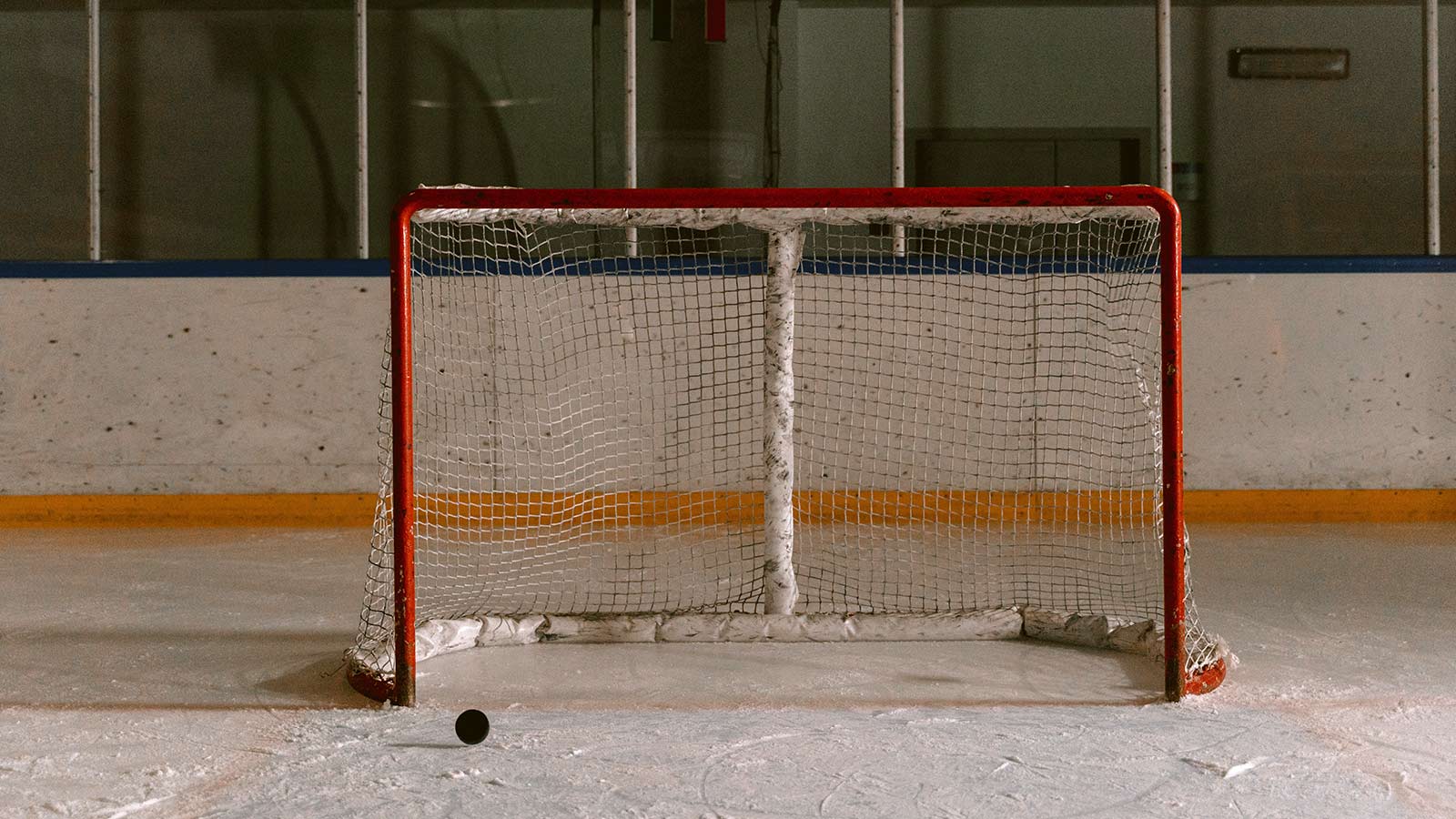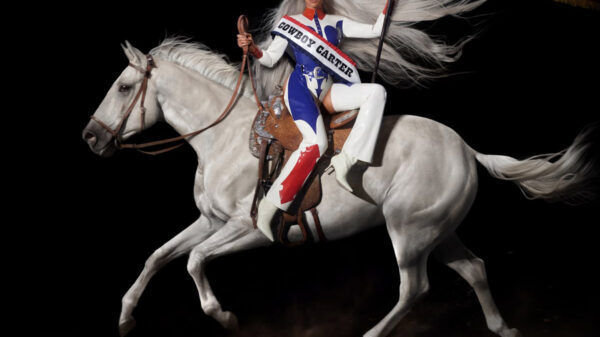Women’s sport is gaining much-deserved attention with the FIFA Women’s World Cup in full swing. In a less publicized development, news broke in early July that a group of investors had purchased the seven-team Premier Hockey Federation (PHF).
Part of the deal was the expectation that the PHF would merge with the Professional Women’s Hockey Players Association (PWHPA) to launch a new league in 2024.
Women’s professional hockey in North America has been splintered for some time. Although not all players were pleased, it is generally hoped this announcement will result in a unified, higher-profile, higher-paying and more sustainable structure for women’s hockey.
This development was overshadowed by the National Hockey League (NHL) draft, its free agency period and annual player movement exercises that soak up oxygen in the sport mediasphere.
What was overlooked were the ways in which the consolidation of women’s hockey is strikingly similar to the evolution of men’s professional hockey and the NHL over a century ago.
Nevertheless, at a time when hockey is under increased scrutiny, the NHL seems to remain the litmus test on which women’s hockey is measured.
Women’s hockey can be an easy target for those resistant to change and determined to buttress long-standing notions of hockey’s presumed significance to a white, male Canada.
While the sport is often used as a symbol of Canadian-ness, as sociologist Courtney Szto notes, “more often than not, there are only white male faces participating in the hockey game.”
Coming to the defence?
To counter this narrative, sport columnist Damien Cox published an editorial in the Toronto Star.
But some of his readers did not help. The comments section, populated almost entirely by users with male names, questioned the skill levels of female players and the competitiveness of their teams, perpetuating the narrative of men’s sport being the baseline against which women’s sport is measured.
Cox’s readers bemoaned the media that was, in their view, pushing women’s hockey on readers. Those kinds of comments are unfortunately reflective of attitudes that view women’s hockey as secondary to the men’s game.
Similar paths
Cox argued that the NHL grew out of pro leagues like the International Professional Hockey League (IPHL) and the National Hockey Association (NHA). The IPHL existed from 1904-07 with teams primarily in Michigan and southwestern Ontario.
The IPHL was an indirect precursor to the NHL, having as little to do with the origins of the NHL in 1917 as the 1990 inaugural women’s world hockey championship has to do with the new women’s hockey league. Both institutions, however, contributed to the legitimization in the public’s eyes of what was to come later.
The NHL did emerge out of the NHA. Yet it was national in name only, with an inaugural four-team roster of clubs based in Montréal, Ottawa and Toronto – only three of whom completed the first season.
When the NHL came to dominate men’s professional hockey it did so at a particular time in the history of commercial sport and entertainment.
A significant development was the infusion of American capital, both financial and cultural, that came from adding expansion teams in New York, Boston, Chicago, Detroit and Pittsburgh. With the announcement of this new league, women’s hockey may now benefit from its own infusion of U.S. capital.
Sports media
The media was also central to the NHL’s success. The press and radio contributed to the NHL’s consolidation of men’s hockey in the 1920s by legitimizing it as the most elite form of the game.
Media members were embedded within team structures: Foster Hewitt, the broadcaster and famed voice of Hockey Night in Canada, was a vice president at Maple Leaf Gardens. His father was an amateur hockey administrator, while also serving as a sports editor for the Toronto Star.
Women’s sport, including hockey, was popularized and legitimized in the same era by the coverage of such journalists as Bobbie Rosenfeld, Alexandrine Gibb and Myrtle Cook McGowan.
Today there are numerous women commentators on hockey telecasts, including Cassie Campbell-Pascall and Cheryl Pounder. Their insights contribute to the celebration of the men’s game, even as the women’s game continues to fight for equity.
However, Canada’s national sport continues to face difficulties, whether it is played by men or women. News of the new league comes as hockey finds itself embroiled in multiple challenges to its credibility — from sexual abuse covered up by Hockey Canada, to calls for safer sport guidelines, to the game’s increasing financial inaccessibility and its still-pervasive whiteness.
There have been calls for the NHL to contribute to the development of professional women’s hockey (similar to the NBA’s involvement in the WNBA).
As women’s hockey strives to create a unified, commercially successful professional league, it is worth remembering the NHL’s own uncertain beginnings. When it was created, the NHL was one of many leagues in Canada vying for the Stanley Cup. But within a decade that had changed. The development of a new women’s hockey league in 2024 offers the potential for similar change.
Written by Russell Field, Associate Professor, Sport and Physical Activity, University of Manitoba
This article is republished from The Conversation under a Creative Commons license. Read the original article.
![]()
5 Ways to Support HipHopCanada:
- Submit Your Music
- Follow Canadian Fresh (HipHopCanada’s Spotify Playlist)
- Follow us on Instagram
- Follow us on X (Twitter)
- Like us on Facebook



















































